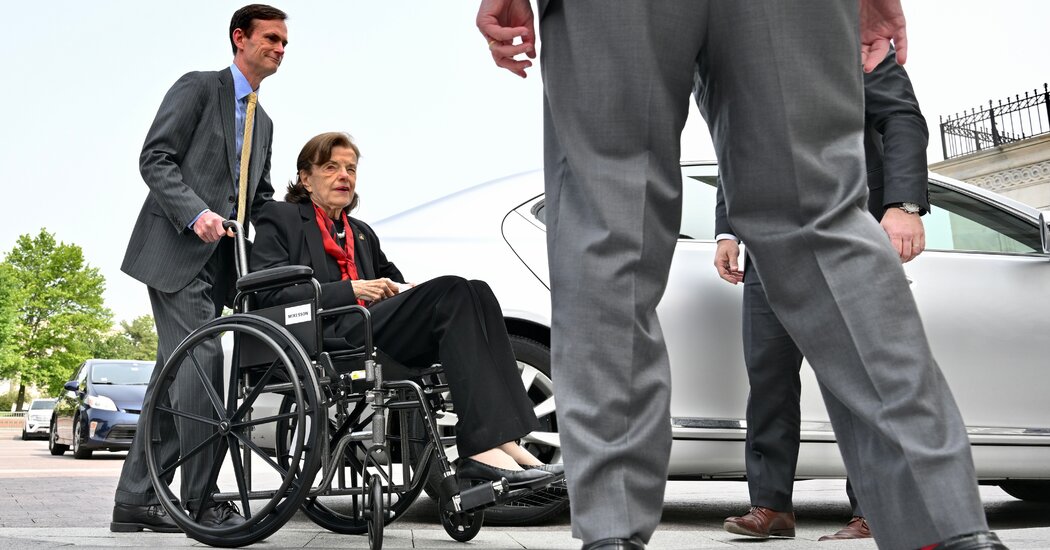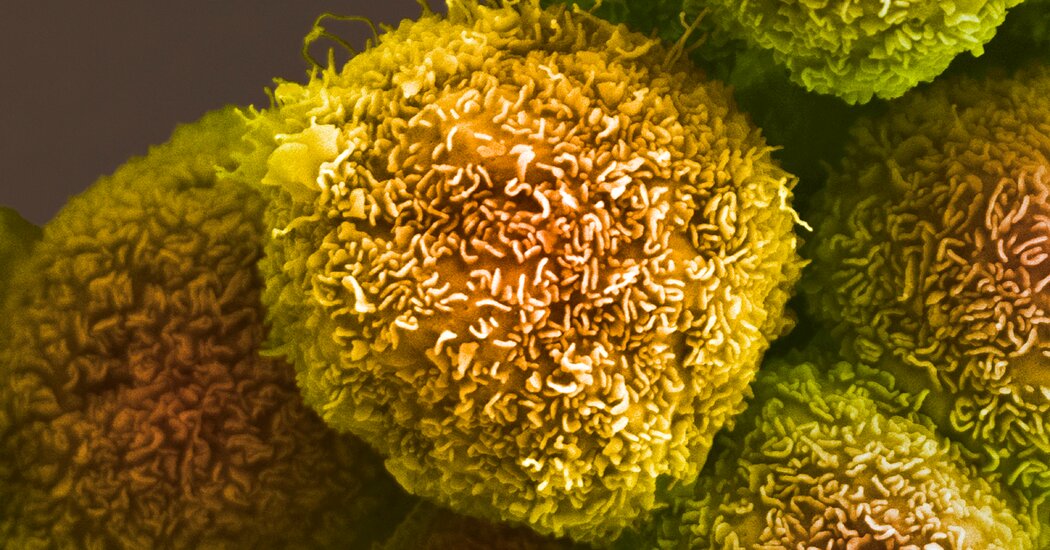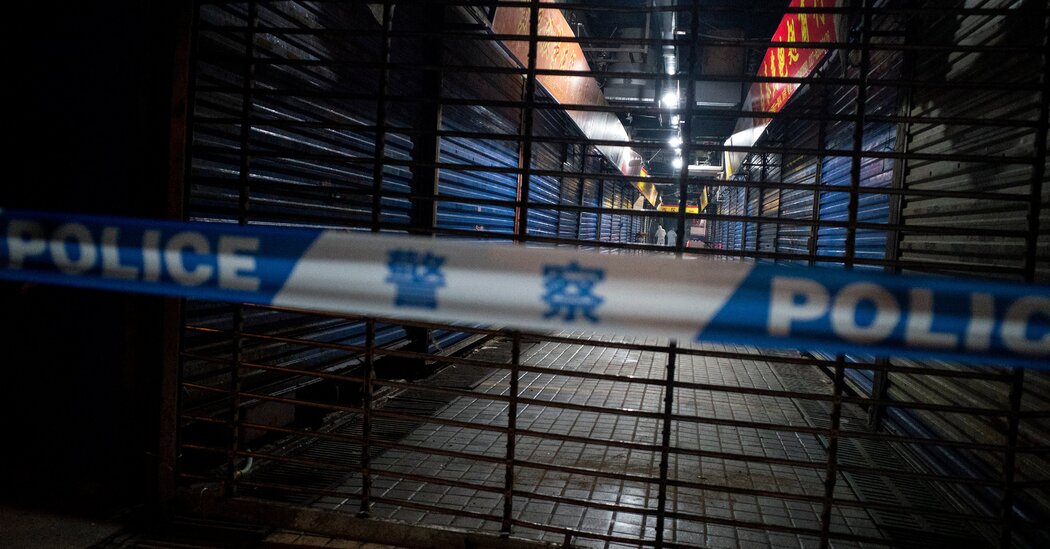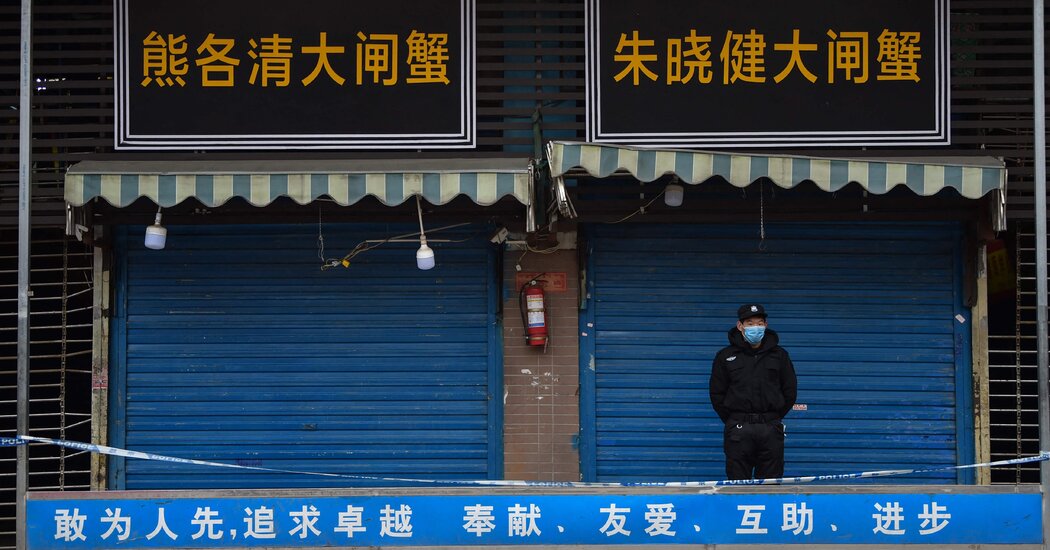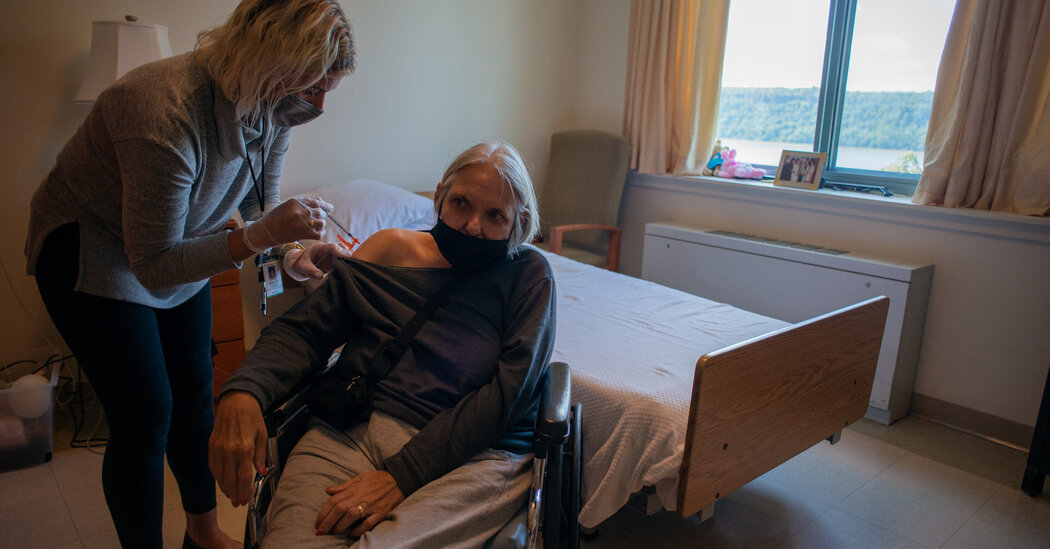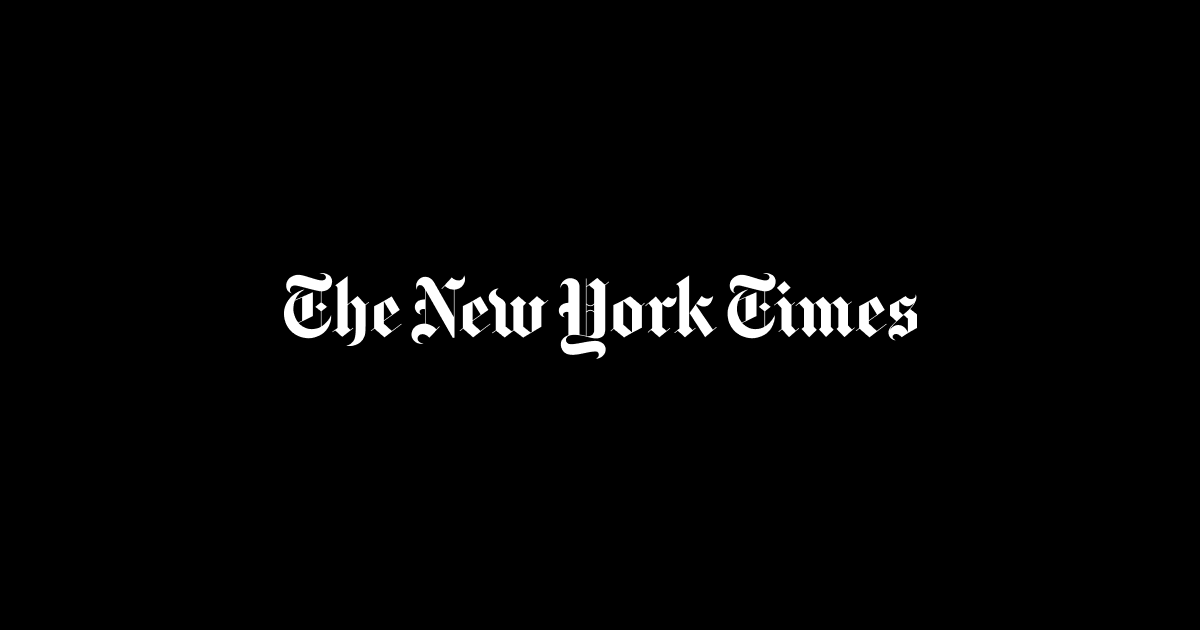A new drug quashes all coronavirus variants. But regulatory hurdles and a lack of funding make it unlikely to reach the U.S. market anytime soon.Over the past year, America’s arsenal of Covid treatments has shrunk as new variants of the coronavirus have eroded the potency of drug after drug. Many patients are now left with a single option, Paxlovid. While highly effective, it poses problems for many people who need it because of dangerous interactions with other medications.But a new class of variant-proof treatments could help restock the country’s armory. Scientists on Wednesday reported in The New England Journal of Medicine that a single injection of a so-called interferon drug slashed by half a Covid patient’s odds of being hospitalized.The results, demonstrated in a clinical trial of nearly 2,000 patients, rivaled those achieved by Paxlovid. And the interferon shots hold even bigger promise, scientists said. By fortifying the body’s own mechanisms for quashing an invading virus, they can potentially help defend against not only Covid, but also the flu and other viruses with the potential to kindle future pandemics.“It doesn’t matter if the next pandemic is a coronavirus, an influenza virus, or another respiratory virus,” said Eleanor Fish, an immunologist at the University of Toronto who was not involved in the new study. “For all the viruses we’re seeing that are circulating now, there’s utility to using interferon.”For all of its promise, though, the drug — called pegylated interferon lambda — faces an uncertain road to the commercial market. Regulators at the Food and Drug Administration late last year told the drug’s maker, Eiger Biopharmaceuticals, that they were not prepared to authorize it for emergency use. Eiger executives said part of the problem seemed to be that the clinical trial did not include an American site, but rather only sites in Brazil and Canada, and that it was initiated and run by academic researchers, rather than the company itself.The regulators suggested that only a large clinical trial conducted at least in part in the United States and with more involvement from the company would suffice, Eiger executives said, a scenario that would require several years and considerably more funding. An F.D.A. spokeswoman said disclosure laws prevented the agency from commenting.Those barriers are indicative of problems that some experts worry are threatening the development of a wide range of next-generation Covid treatments and vaccines — products that may help address the ongoing toll from Covid and also give scientists a head start in preparing for the next pandemic.More on the Coronavirus PandemicCovid Vaccine Mandate: New York City will end its aggressive but contentious coronavirus vaccine mandate for municipal workers, Mayor Eric Adams announced, signaling a key moment in the city’s long battle against the pandemic.End of an Era: The Biden administration plans to let the coronavirus public health emergency expire in May, a sign that federal officials believe the pandemic has moved into a new, less dire phase.Canceled Doses: As global demand for Covid-19 vaccines dries up, the program responsible for vaccinating the world’s poor has been negotiating to try to get out of its deals with pharmaceutical companies for shots it no longer needs.Mask Rules: Many countries dropped pandemic mask requirements months ago. But in places like South Korea, which only recently got rid of its rule, masks remain common. This is why.As it stands, Eiger executives said that they might seek authorization for the interferon shot outside of the United States. China, for example, has been looking for new treatment options.Some scientists involved in the research expressed frustration that doctors could not already prescribe the shots. Despite vaccines and previous infections helping to contain the damage from the virus, Covid is still killing roughly 450 Americans daily.“I think it is a crazy situation that we’re still here now, three years into the pandemic, and I have one drug that I can prescribe with confidence to people who are getting infected,” said Dr. Jeffrey Glenn, a virologist and director of a pandemic preparedness initiative at Stanford University, who helped lead the study of the interferon shot. “We need more options.”Dr. Glenn founded Eiger, holds shares in Eiger and sits on its board of directors, but no longer works for the company.A participant in the interferon drug trial took a Covid test in Montes Claros, Brazil.CardResearch, Belo Horizonte, BrazilInterferons are a group of proteins that alert neighboring cells to fortify themselves in the hours after a virus invades. The coronavirus, like other viruses, is good at defusing the body’s natural interferon response. A drug that delivered extra interferons, researchers believed, could potentially help patients outmaneuver the virus.In targeting patients’ immune responses, rather than the virus itself, those treatments potentially offered another advantage over existing treatments, reducing the chance that a variant would evolve that could resist the drug, said Vineet Menachery, an immunologist at the University of Texas Medical Branch.A number of monoclonal antibodies have fallen out of use because they stopped working against new variants. Paxlovid has remained effective because it is much more difficult for the virus to get around, but new variants could one day render it less useful, too.“I don’t know of any virus that can navigate a cell where interferon got there first,” said Benjamin tenOever, a microbiologist at N.Y.U. Grossman School of Medicine.Harnessing those capabilities in a drug, though, is not easy. Interferons can trigger wide-ranging side effects, including inflammation, a risk in Covid cases because some patients have an overactive immune response.“You basically tell your body you’re being highly infected by a virus, and to fight, fight, fight at all costs,” said Juliet Morrison, a microbiologist at the University of California, Riverside.Previous studies had tested interferon treatments only on patients who were already sick and in the hospital. That meant that the drugs were often administered too late, leading to mixed or disappointing results.The scientists behind the Eiger drug envisioned a clever workaround.With hepatitis treatments in mind, they had previously acquired a drug based on lambda interferons, a lesser-known type of interferon whose receptors are largely restricted to specific areas, like the respiratory tract. That happened to be precisely where the coronavirus was replicating. And it meant that the side effects would theoretically be less intense than those from the more commonly used class of interferons, whose receptors are throughout the body.Those hopes were borne out in the latest trial. After administering the shot to about 900 patients and giving another 1,000 patients a placebo, the researchers found no appreciable difference in the incidence of side effects, they said.Vaccination kept the vast majority of patients in both groups safe from hospitalization or a prolonged emergency department visit. But treating patients with interferon within a week after they noticed symptoms halved their chances of being hospitalized: Twenty-five people given the shot were hospitalized, compared with 57 who had not been treated.The effects were even more pronounced when the drug was given within three days of symptoms developing, and when it was given to unvaccinated people. Most of the patients in the study were at relatively high risk from Covid — either because they were 50 or older, or because they had an underlying condition or a weakened immune system.And the drug appeared to work across variants, showing even more potency when Omicron was dominant, the study found.“Despite the pandemic being less of an emergency than it was at its peak, we’re still seeing people coming into the hospital and getting very sick with Covid,” said Dr. Jordan Feld, a specialist in viral hepatitis at the University of Toronto, who is a co-author of the study and has received funding from Eiger. “Having treatment options to try to prevent that from happening would be really helpful.”Some researchers said they envisioned testing interferon drugs in people who were seeking treatment for a range of respiratory viruses, including the flu and R.S.V., or respiratory syncytial virus, which put considerable pressure on hospitals this winter. Doctors could even treat patients before they knew which virus was causing them problems.Some studies have also suggested that the same class of drugs, if used quickly enough, could prevent people exposed to the virus from getting infected in the first place.“I suspect the greatest utility of all these interferons will be in prophylactic treatment,” said Dr. Fish of the University of Toronto, “especially in outbreak settings for high-risk individuals to protect them from infection.”
Read more →

